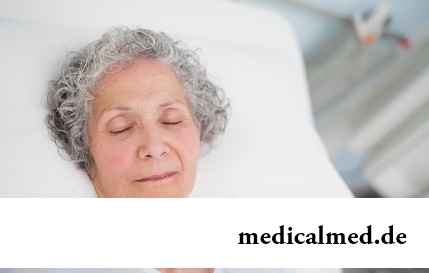





What perfumery and cosmetics can be dangerous?
Each woman has preferences in the field of use of those goods which help us to look good, feel young and effective. Besides: selection process of favourite perfume, shampoo or decorative cosmetics already lightens the mood and serves as a peculiar stress medicine. Happens very offensively when the acquired perfumery and cosmetic products not only do not meet our expectations, but also becomes the reason of problems with health. Sources of troubles such, and also ways to avoid them we we will also consider today.
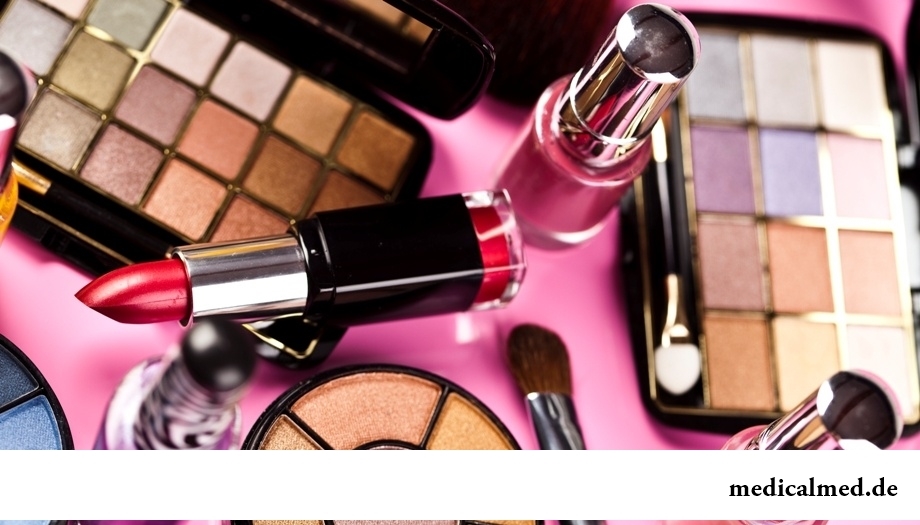
Harmful substances which contain in "goods of beauty"
Each perfumery and cosmetic goods have a specific set of consumer qualities. For example, shampoo has to foam well and clear effectively hair, lipstick - to have beautiful color and the consistence allowing it to remain long on the surfaces of lips, spirits – to have strong and resistant aroma etc. To achieve existence of such properties without inclusion in structure of a set of synthetic chemicals, it is impossible. Many of ingredients of modern "goods of beauty" are not safe at all. Enter the list of the most harmful of them:
- Alkylphenol ethoxylate. Component of the majority of shampoos. Has mutagen and cancerogenic properties. Process of production of sperm at men oppresses;
- Albumine. Is a part of anti-aging creams as the substance promoting reduction of wrinkles. In practice, creates the dense film limiting oxygen access that prevents normal course of exchange processes in skin;
- Alpha hydroxide acids. Ingredients of the majority of face scrubs and body. Help to peel the died cells, but do skin defenseless before aggressive environmental factors;
- Acetamide. A humidifier in blush and lipsticks. Mutagen, carcinogen;
- Benzene. Is a part of many cosmetic goods. It is extremely toxic;
- Butylhydroxyanisole. The preservative which is applied to increase in periods of storage of products (creams, sprays etc.). Has cancerogenic properties, it is quickly absorbed through skin and collects in an organism;
- Gamma hexachlorane. Component of many shampoos, creams, lotions. Has toxic effect on a nervous system. Can provoke development of a carcinoma cutaneum;
- Dioxane. Is a part of soap, shampoos, lotions, creams, hair conditioners. Is strong carcinogen. It is destructive affects liver cells;
- Ethanolamines. Big group of substances which add to soap, shampoos, bath foams as frothers and emulsifiers. Can have toxic effect on skin, a bone and spinal cord, a liver and kidneys;
- Isopropanol. A component of liquids for rinsing of a mouth and other products. It is capable to cause the serious poisoning which is followed by dizziness, a headache and nasal bleeding. At long use causes development of malignant new growths of a throat and oral cavity;
- Imidazolidinyl urea. Very widespread preservative. Is a part of eye shadow, powders, shampoos (including nurseries), colognes and lotions. Provokes emergence of dermatitis. At storage of products in heat decays, emitting formaldehyde;
- Coal tar (pitch). One of the main ingredients of anti-dandruff shampoos. Can cause attacks of asthma and other allergic reactions. Prolonged use leads to decrease in attention and memory, chronic fatigue, headaches, nausea;
- Carbomer. The stabilizer and a thickener in mascara, creams, bath preparations. Provokes development of inflammatory processes of eyes and skin allergic reactions;
- Kvaternium-15. Antimicrobic means and preservative. After periods of storage decays with release of formaldehyde;
- Kokamid DEA (amide of coconut oil). Popular component of shampoos. The complex substance capable to decay with formation of high-cancerogenic nitrosamines;
- Laurite sodium sulfate (SLES). Is a part of the vast majority of shampoos. As detergent it is not too effective, but is cheap and well foams, creating quality illusion of a product. It is extremely harmful. Overdries hair and head skin. Growth of hair oppresses, destroys hair bulbs. It is badly brought out of an organism, collects in a liver, a brain, tissues of eyes. Negatively influences sight. Relatives on properties of substance - laurite ammonium sulfate (ALS) and sodium lauryl sulfate (SLS) which are also widely used in production of shampoos and bath foams are not less dangerous;
- Loramid Dai. One more frother as a part of soap and shampoos. Easily enters the chemical changes going with release of nitrosamines;
- Metilkhlorizotiazolinon. The preservative having cancerogenic and mutagen properties;
- Para-aminobenzoic acid (B10 vitamin). Frequent component of sun-protection means. Fototoksichen. Can provoke emergence of eczema and contact dermatitis;
- Parabens. The name of group of widely used preservatives. Strong allergens. Cause breast cancer;
- Para-phenylenediamines. The substances painting hair black or brown color. Provoke emergence of various malignant new growths (lymphoma, myelomas etc.);
- Polysorbates. Emulsifiers. Are toxic. Use is fraught with developing of dermatitis;
- Propylene glycol. Cheap product of distillation of oil. Is a part of many shampoos and conditioning agents behind skin as moisturizing component. In practice strongly dries and irritates skin and collects in an organism, making negative impact on work of kidneys and a liver;
- Triclosan. Popular antibacterial ingredient of detergents. It is cancerogenic and toxic. Badly influences a condition of a brain, lungs, a liver and kidneys, reduces a potentiality;
- FDS. Group of the substances which are used as dyes. Most of them irritate skin, and some are carcinogens. In small quantities are safe, but admissible concentration for each color group are accurately not defined, and the risk of overdose is very high;
- Phthalates (salt of phthalic acid). Components of many perfumery and cosmetic goods. Are highly toxic. Destroy cells of a liver and kidneys. At hit in an organism of the pregnant woman can cause fruit malformations;
- Fluorocarbons. Are a part of hairsprays. In an aerosol form are dangerous to a respiratory organs;
- Formaldehyde. Preservative, component of soap, shampoo, decorative cosmetics. Causes irritation of skin and mucous membranes. Carcinogen.

Separately it is worth stopping on substances which producers of cosmetics advertize as the means capable to improve a condition of skin, and even "to rejuvenate" it. It is elastin and collagen which are produced from fabrics of cattle or poultry. Unfortunately, as ingredients of cosmetics they are rather harmful, than are useful. The matter is that the elastin and collagen giving elasticity to skin of the person strongly differ from the analogs of animal origin. Molecules of the last are too big to be compatible to human skin. The means containing them just create the superficial film preventing skin to breathe, but do not give any cosmetic effect. Widely advertized lanolin (animal wax), does not get into skin too. But it hammers a time and can cause allergic reactions.
We choose cosmetics and perfumery competently
The risk connected with use of perfumery cosmetics is not limited to possible hit in an organism of toxics.
The goods made by well-known companies bear on packagings reliable information about the structure and periods of validity. However today in Russia also a significant amount of the counterfeit imitating products of the known brands, and also means of absolutely unknown brands made by the most different firms is implemented. Upon purchase of such means risk to receive, at least, allergic reaction, increases repeatedly. Therefore, choosing perfumery and cosmetic goods, it must be kept in mind the following:
- It is impossible to buy "goods of beauty" anywhere. It is clear, that going behind purchases such to the known shops and salons, we agree to some overpayment in advance. However, health is worth it. Only this way we can minimize risk of acquisition of potentially dangerous means;
- It is necessary to read attentively everything that is written on packaging of the chosen goods. It is especially important to pay attention to its period of validity and structure. Many dangerous ingredients of cosmetics have several names, and producers quite often submit the most little-known of them for packaging. Therefore it is quite good to have with itself the list of undesirable components with all versions of their names;
- You should not buy expensive perfumery and cosmetic goods hurriedly. They demand thoughtful approach and careful studying of each sample. Even in branded shop spirits (them, by the way, forge most often) or decorative cosmetics very similar to products of the well-known firms, but nevertheless being a counterfeit can be on sale. On this case there is a sense in advance to learn about all features of packaging of the real means and to have at itself their exact description;
- Dangerously often to change the addictions concerning the used "goods of beauty". It is better to choose products of one-two solid firms and to buy it in shops which reputation is credible.
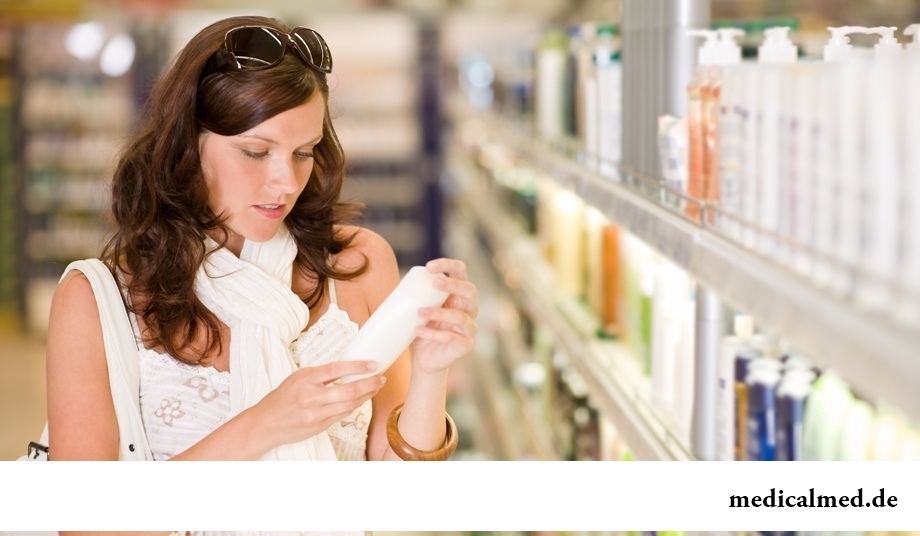
It is very important to follow rules and periods of storage of perfumery and cosmetic goods. Many of them become dangerous because their components in heat decay with formation of toxics. In others at long storage the environment favorable for reproduction of causative organisms is created. On packagings of products of the known brands usually there is information on how it is long possible to use safely means after opening of jars or tubas, and you should not neglect such data.
Recently many women give preference to "goods of beauty", made independently, or acquired from masters of a hend-meyd. Here an essential role is played by absence of an allergy (the majority of such means do of natural components) and trust degree to the manufacturer. However, use of similar goods of handwork anyway gives the chance of individual approach to the choice of components and minimization of the risks connected with inclusion in their composition of potentially dangerous substances.
Human bones are stronger than concrete four times.

Tuberculosis – a serious infectious disease which development is caused by mycobacteria (Koch's bacilli). The illness is known from a deep d...
Section: Articles about health
Healthy lifestyle today in fashion, and many parents think of that the child from the early childhood played sports. Trainings will help it to become strong and hardy, will improve coordination of movements, and also will exert positive impact on mentality: it...
Section: Articles about health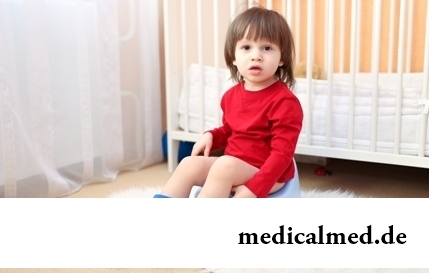
All parents are ready to what the baby often and pisat much. Since then, as the absorbing diapers strongly became current, keeping of the kid in dryness does not represent any problems. But if the grown-up kid continues to urinate in panties, parents begin to feel concern – whether it is normal, or the kid has an urine incontience? Let's try to understand what is enuresis why it arises at children and at what age it is necessary to begin it to treat....
Section: Articles about health
Frosty air, fresh wind and easy snowball at most of Russians are associated with cheerfulness, health and cheerful entertainments, on to...
Section: Articles about health
Diapers for adults – individual one-time means of hygiene which in some situations is irreplaceable and from such situations any person is not insured. Though nobody perceives need of their use with enthusiasm, however without it to a sra...
Section: Articles about health
Cystitis, or inflammation of a mucous membrane of a bladder, this very widespread disease which, owing to some features of a structure of bodies of urinogenital system, women have approximately four times more often than men. Women aged from 20 up to 45 years enter into the main risk group. Cystitis is an illness of a bacterial origin. It can have an acute or chronic current. The second option is dangerous not only a frequent recurrence, серьезн...
Section: Articles about health
Many of us, probably, noticed more than once that from intellectual loadings at some point the brain as though "overheats" also "assimilation"...
Section: Articles about health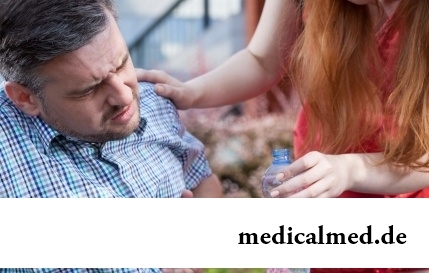
Each of us faces from time to time that other people need the immediate help. We react to it differently: one at once call doctors and police, others rush to victims and try to save them independently. Some at all...
Section: Articles about health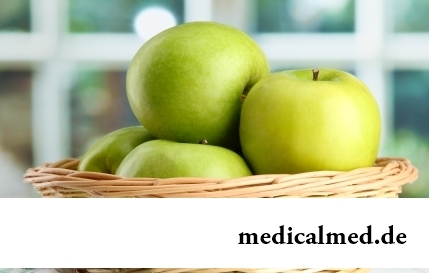
For most of the working people the problem of having a snack is particularly acute enough. Sooner or later there is a question: what can be eaten quickly between a breakfast and a lunch or a lunch and leaving from service so that to receive necessary power feed, but not to overload an organism with harmful components or excess calories? We bring to your attention the list of products which quite conform to these requirements....
Section: Articles about health
Climax - process of fading of reproductive function of an organism in process of its aging. At women the main sign of its approach showing...
Section: Articles about health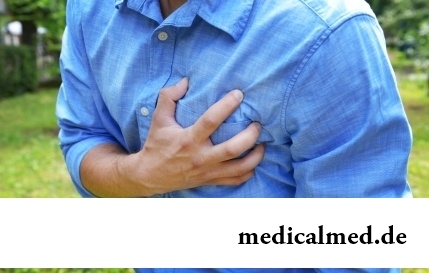
For the time being the perspective of heart diseases seems to most of people remote and foggy. But sooner or later practically each adult faces extremely unpleasant feelings: sudden stethalgia. To be consoled at this time in a thought of t...
Section: Articles about health
The person, as well as all other beings living on our planet feels weather changing. It is the normal meteosensitivity which is not causing to healthy people of special troubles. Meteodependence, on the contrary, is the morbid condition which is characterized by an exacerbation of chronic illnesses at change of air temperature, differences of atmospheric pressure, wind strengthening, magnetic storms and other "surprises" on which the nature is so generous. The people suffering from meteodependence have to з...
Section: Articles about health
Musicotherapy – a treatment method which caused and causes a set of a controversy concerning its efficiency. However the facts are relentless:...
Section: Articles about health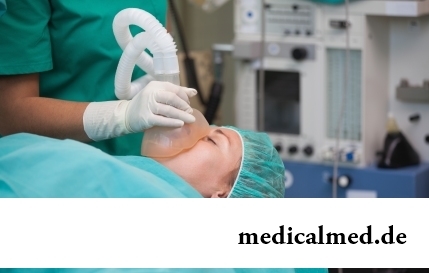
History of use of an anesthesia during operations contains more than 160 years. Annually in the world hundreds of thousands of surgical interventions during which to patients the substances immersing them in a dream and saving from pain are entered are carried out. Using an anesthesia to these...
Section: Articles about health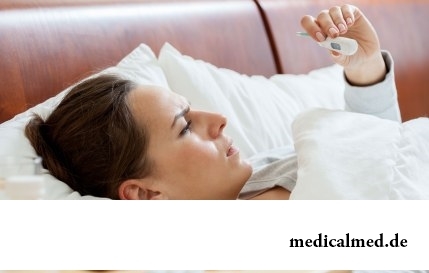
Subfebrile temperature call fervescence to 38 degrees, and subfebrile condition - existence of such temperature over 3 days, and quite often it happens without the visible reasons. Existence of subfebrile condition - a strong indication of disturbances in an organism which can be caused by various reasons: disease, stresses, hormonal failures. Despite the seeming inoffensiveness it is a state at which people often continue to lead a usual life, often is a sign of many of a zabolev...
Section: Articles about health
The naturopathy sometimes moves as the new direction of medicine, something like fashionable hobby, and there is nothing farther from the truth....
Section: Articles about health
Each of us repeatedly noticed that the people having the same passport age are sometimes not similar on one-years at all. One at the age of 40-45 years already looks almost an old man, and another and in 60 is young, vigorous and full of life. The matter is that state нашег...
Section: Articles about health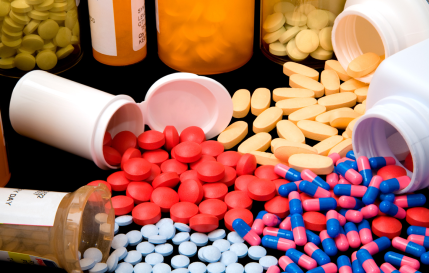
Long time antibiotics were considered as a panacea from all diseases and were appointed even at insignificant symptoms of an infection. Even now not everyone knows in what force of antibiotics how and when they should be accepted. Let's discredit 7 popular myths about such drugs....
Section: Articles about health
Sugar - the digestible refined product which is not of special value for an organism of the modern person. Use...
Section: Articles about health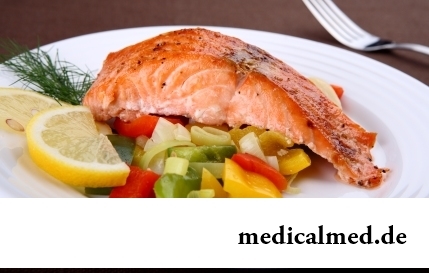
Diseases of joints often begin imperceptibly for the person. The first stages of destruction of the cartilaginous tissue providing soft and free sliding of heads of bones in joint bags proceed slowly and absolutely without serious consequences. Especially unpleasantly for that this пр...
Section: Articles about health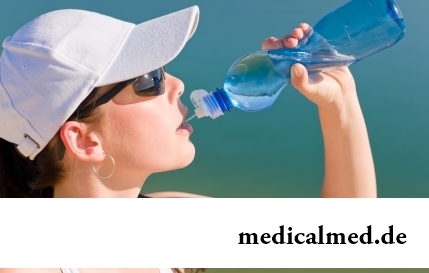
It is known that the person for 80% consists of water which participates in all processes of an organism. The person loses liquid daily – as a result of sweating, breath, an urination, and its insufficient completion due to various reasons can lead to dehydration of varying severity. Dehydration (dehydration) occurs already in case of loss of liquid in number of 1% of body weight and can result both in easy thirst, and by the death. In time to notice signs обезвож...
Section: Articles about health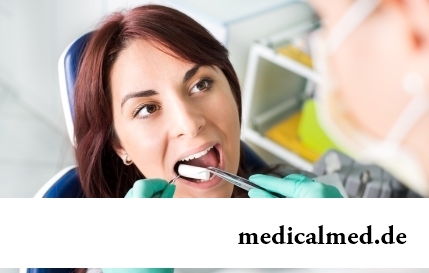
Condition of lips (their morbidity, outward) – one of indicators of health of the person. Peeling, dryness, pallor, and also трещ...
Section: Articles about health
Smack in a mouth can arise in the natural way – as a result of lack of morning hygiene or reception of the corresponding food. However in certain cases its existence is a sign of certain pathologies, and allows to reveal an illness at an early stage. In we depend...
Section: Articles about health
Aspirin (acetylsalicylic acid) – one of those drugs which are known literally to all. It is available in each home first-aid kit, and many accept it at the first signs of an indisposition, often without having a fair idea of properties and therapeutic effect of drug. Meanwhile, impact of aspirin on a human body is very various, and is not always favorable. About it it is important to foreknow, in order to avoid emergence of problems with health....
Section: Articles about health
About influence of fasting days on an organism it is told much – both about advantages, and about shortcomings. It is considered that fasting day...
Section: Articles about health
Physical activity is necessary for normal functioning of a human body. At a lack of the movement joints cease to function, muscles atrophy, cardiovascular activity is broken and the metabolism worsens. Modern городс...
Section: Articles about health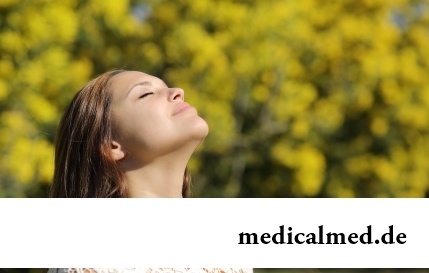
The phenomenon of the panic attack is known long ago, but the reasons of its emergence still are up to the end not found out. It is established that more than 30% of people at least once in life become the victims of very unpleasant phenomenon: without everyones on that the reasons they have a feeling of horror which is followed by a cardiopalmus, a shiver and the fever or feeling of sudden heat increased by sweating, breath constraint, dizziness, nausea....
Section: Articles about health
